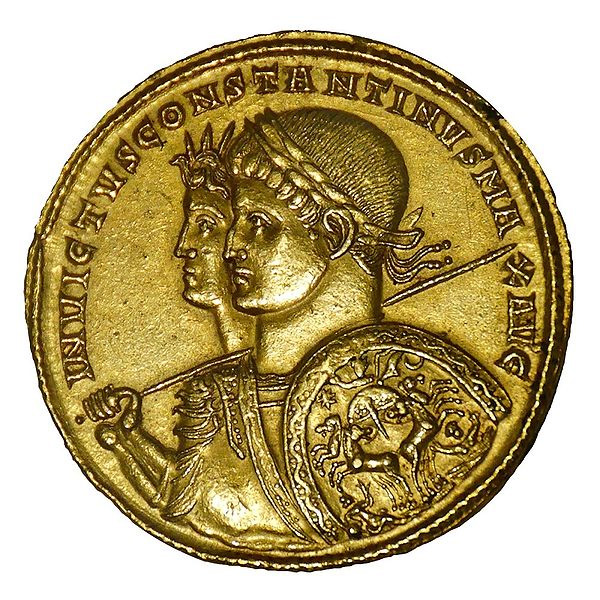Teaching Romans, Anglo-Saxons, and Vikings in Britain
Reference guide for primary

|
This resource is free to everyone. For access to hundreds of other high-quality resources by primary history experts along with free or discounted CPD and membership of a thriving community of teachers and subject leaders, join the Historical Association today |
Romans, Anglo-Saxons and Vikings
‘Romans, Anglo-Saxons and Vikings' is the longest British period in the primary history curriculum, lasting a thousand years – a millennium. It is also the most formative period in British history, when the country experienced several waves of invasion, including the last invasion to have been successful, in 1066. It both begins and ends with an invasion: the first Roman invasion in 55 BC and the Norman invasion of William the Conqueror in 1066. Add ‘in between were the Anglo-Saxons and then the Vikings'.
There is overlap between the various invaders, and through it all, the Celtic British population remained largely in place. In some areas, such as Wales and Cornwall, the invaders hardly changed the language or way of life of the people. In others, the British Celts learnt the language of the invaders, and adapted to their way of life. After 400 years of Roman rule, Romanised Britons tried to defend the religion and civilisation of Roman Britain against the Anglo-Saxon invaders.
During this 1000-year period there was constant shifting of boundaries, boundaries both on the map and in the minds of the people living then. Different cultures met and clashed time after time. Spiritually, the British moved from a people worshipping Celtic pagan gods at the start of the period to a nation of Christians at its end.
Terminology and names
At the start of the period, Britain was inhabited by Celtic peoples. The Romans called them Brittones, so they named the areas they conquered Britannia. Caledonians, Irish and Picts lived in what is now Scotland. Scotti lived in Ireland – all very confusing. (The Scotti later settled in Scotland, giving it its modern name by the 10th century.) The point is that we have to be careful about names during this period.
When the Angles, Saxons, Jutes and Frisians invaded Britain, during the 5th and 6th centuries AD, the area they conquered slowly became known as England (from Angle-land). Before this we cannot accurately use the term ‘England'.
By the end of the millennium, 1000 AD, the island was divided into the three recognisable countries of England, Scotland and Wales. Christianity was the established religion. In England, Celtic, Roman, Anglo-Saxon and Viking place-names reflected the mixture of peoples now living there, and the main places where they had settled.
Teaching about the invaders
Even though you need only focus on one set of invaders, you will need to give the children an overview of the whole millennium. It is best to emphasise the differences between the invaders and to do a lot of (pictorial) timeline work.
Key questions
- Why did the Romans invade Britain?
- Why did the Anglo-Saxons invade Britain?
- Why did the Vikings invade Britain?
(The answers to these three questions are different)
- What made the Romans so powerful?
- How and when did the invaders become Christians? (There will be different answers for each set of invaders)
- Were there any major differences between the Anglo-Saxon and Viking invaders?
- What can archaeology tell us about the invaders?
- How are we to interpret the surviving primary sources? (They are written by one side)

